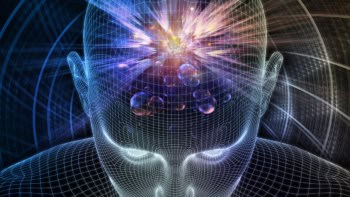US researchers have for the first time successfully transmitted a key for quantum cryptography a kilometre through the atmosphere. Such a technique could allow secure communications to be transmitted to and from low-orbiting satellites. Quantum encryption keys are based on the laws of quantum mechanics and unlike other encryption codes based on mathematical number theory, they are impossible to intercept or be broken. (Phys Rev Letts 81 3283).
The technique is based on characteristics of individual photons that are generated randomly between the sender and the receiver. Although researchers have already transmitted quantum encryption keys through optical fibres, atmospheric turbulence had disrupted similar attempts in the open air. William Buttler and colleagues at Los Alamos National Laboratory in the US succeeded by carrying out a series of experiments when atmospheric turbulence was at its lowest. They used a short pulsed laser to transmit the quantum key and a telescope to receive it.
The laser, nicknamed “Alice”, emits millions of single photons per second. Each photon is randomly assigned one of two polarization states that represent a “1” or a “0”. The telescope, called “Bob”, knows what these polarization states are, but randomly collects photons from two separate light paths, each one sensitive to a polarization of Bobs own choosing. Instead of looking for Alice’s polarization states, Bob looks for related polarization states.
This ensures that when Bob is looking for a zero, he will never see a photon if Alice transmitted a one. But when Alice transmits a zero, he will know for a fraction of the time (about 25%) that he is looking for a zero and their two values were in agreement. Bob then indicates to Alice the positions in the sequence where his values match hers. This information is only available to the two players, which allows them to construct the quantum key.
Anyone intercepting the stream of photons will reveal the act by raising the error rate above a threshold value or eliminating the photon stream altogether. The researchers now hope to repeat the experiment during daylight.


